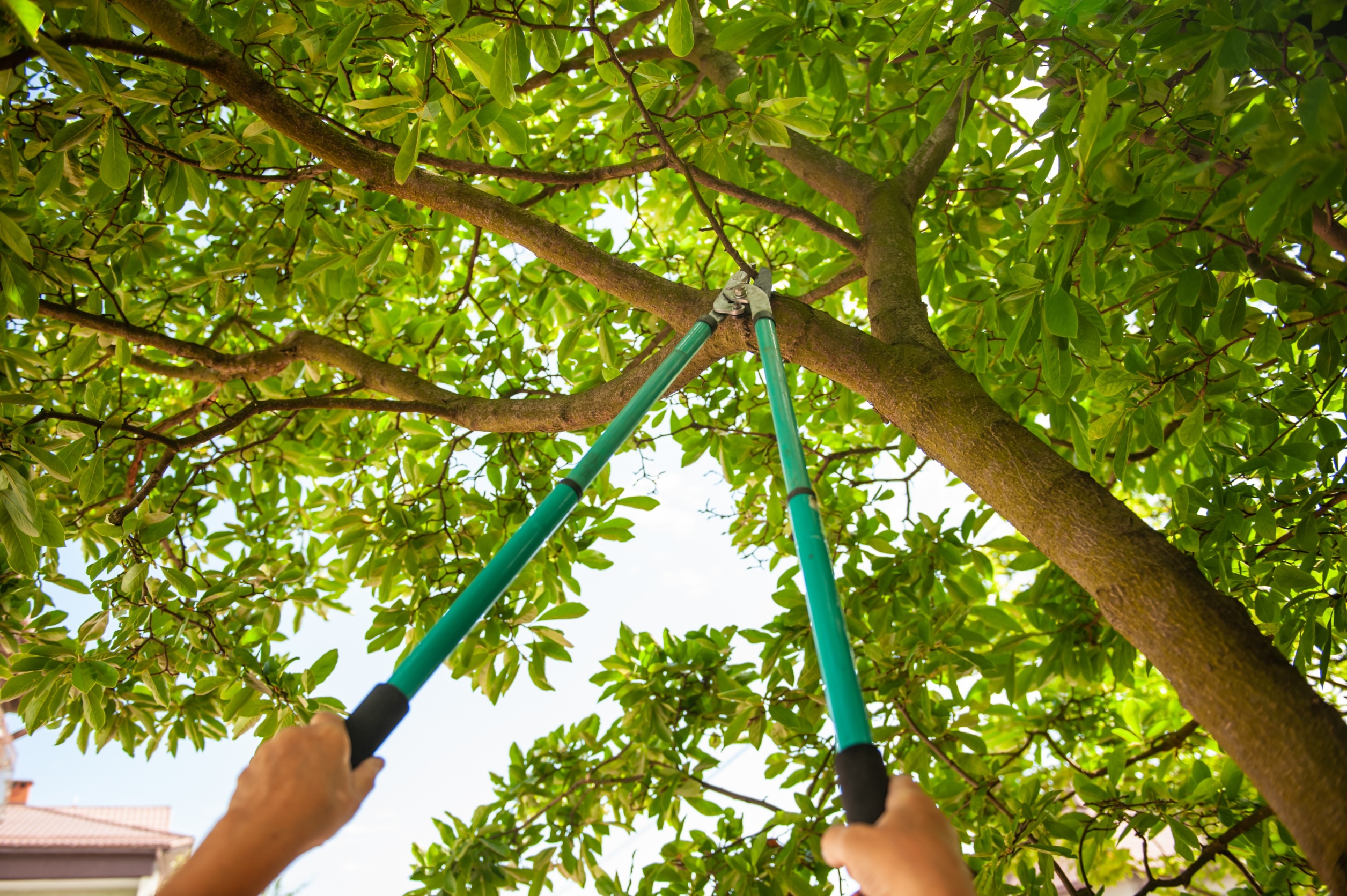BY THE OPTIMIST DAILY EDITORIAL TEAM
Pruning trees is necessary to keep them healthy, but like most important thing in life, timing is critical. Trimming at the wrong moment can cause stress, disease, and even death for trees. Knowing when not to prune is critical to ensuring that they grow for years to come.
Pruning during extreme weather: a risky move
Pruning during summer heatwaves or extreme winter cold is harmful. Extreme heat, according to Ken Wickham, an ISA-certified arborist with Joshua Tree Experts, may elevate a tree’s stress, making it more susceptible to pests and diseases. “Pruning in excessive heat can place additional stress on an already stressed tree,” he explains.
Similarly, winter trimming, particularly during periods of intense cold, can be hazardous. Frost can permeate pruning cuts, causing dieback or weakening of the tree. According to Lisa Tadewaldt, founder of Urban Forest Pro, “If you prune too far into winter or in the heat of summer, the tree can react negatively and die back or die completely.” While trees are normally dormant in the winter, it is still critical to avoid trimming during excessive cold.
Why spring isn’t always ideal
Springtime may seem like the greatest time to prune, but many experts advise against it. During the spring, trees are actively developing, expending energy to generate new leaves and shoots. Pruning can interrupt this process and produce unnecessary stress. According to Basil Camu, an ISA-certified arborist and proprietor of Leaf & Limb, “Pruning at this time can cause stress and reduce the tree’s ability to heal.”
This is also a time when trees are more vulnerable to fungal infections, which can enter new pruning wounds. Spring trimming can induce excessive sap bleeding in trees such as birch and maple, weakening them even further.
Avoid late summer pruning
Pruning can also be damaging throughout the late summer and early fall. Pruning during this phase interferes with trees’ ability to store energy for the winter. Scott Seargeant, an international consulting arborist, highlights this, saying, “Pruning during this time reduces a tree’s ability to make and store food for the upcoming growth season.”
Furthermore, late summer trimming might stimulate new growth that will not have time to harden before winter, making it susceptible to frost damage.
Exceptions for emergency and light pruning
Though it’s important to avoid major pruning during these high-risk seasons, minor trimming is generally fine. Removing broken, diseased, or dead branches is possible at any time of year, especially if it is for the tree’s health or safety.
So, when’s the best time to prune?
Most deciduous trees do best when pruned during their dormant period, which lasts from late winter to early spring. Pruning evergreen trees is best done in late winter or early spring before new growth begins. Following these general guidelines will help your trees stay healthy and resilient.











